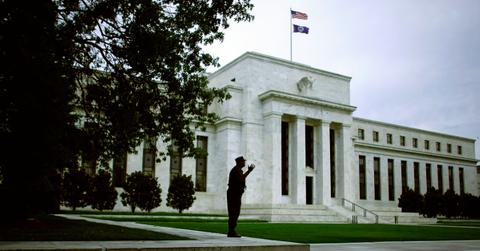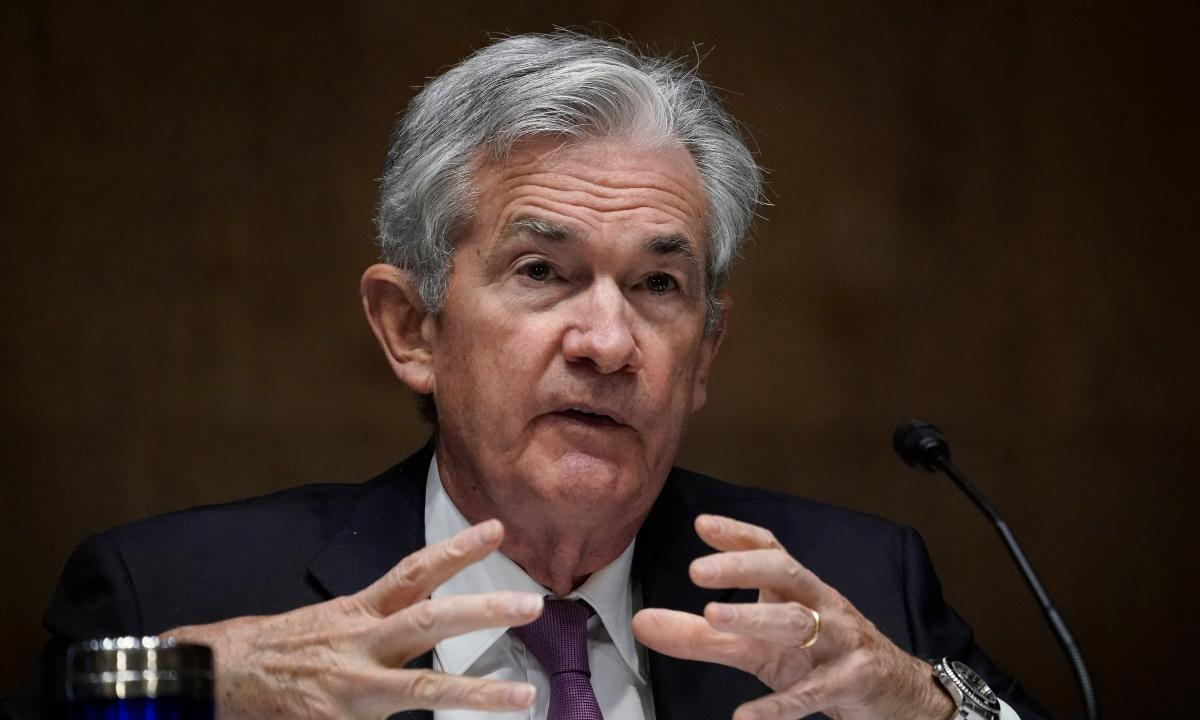Why the Federal Government Is Buying Bonds—Short Answer, Explained
Since March 2020, the Federal Reserve Bank has been buying $120 billion in bonds each month. Why is the Fed buying bonds?
Sept. 23 2021, Published 2:28 p.m. ET

As the economy continues to strengthen, the Federal Reserve might soon scale back on buying government-backed bonds. Since March 2020, the Fed has been buying $120 billion in bonds each month. Why is the Fed buying bonds?
The short answer is to spur growth in the economy. When the Fed buys Treasury bonds on the open market, it puts more money into the economy and helps lower interest rates. Lower interest rates encourage more spending and borrowing by Americans.
When the Fed sells bonds, the money supply in the economy decreases and interest rates increase. Higher interest rates mean that you pay more for the money you borrow for things like buying a car or home.

Bond purchases are critical tool in the economy's financial stability.
In a Sept. 22 press conference, Federal Reserve Chairman Jerome Powell said that the Fed’s bond purchases over the past year have been a “critical tool” in promoting stability in the U.S. financial system during the COVID-19 pandemic.
“They helped preserve financial stability and market functioning early in the pandemic and since then have helped foster accommodative financial conditions to support to the economy,” Powell said.
Low interest rates and buying bonds stimulate the economy.
Since the beginning of the COVID-19 pandemic, the U.S. central bank lowered interest rates and has been buying $80 billion in Treasury securities and $40 billion in mortgage-backed securities every month in an effort to stimulate the economy. The goal is to reach 2 percent inflation and unemployment.
In July, the FOMC decided to stay the course and not raise interest rates or taper off on bond buying. But things have changed in the past few months and the FOMC is seeing more progress towards its goals.
U.S. economy is showing signs of progress.
Progress in COVID-19 vaccinations as well as strengthening economic activity and employment are providing strong support for the recovery, Powell said. The unemployment rate was 5.2 percent in August, and the FOMC projects that number could be 4.8 percent by the end of the year.
While inflation remains elevated, the FOMC expects it to fall from 4.2 percent this year to 2.2 percent next year.
“If progress continues broadly as expected, the Committee judges that a moderation in the pace of asset purchases may soon be warranted,” Powell said.
As long as the recovery remains on track, the Fed can start to gradually taper off its bond purchases through to the middle of next year, he said.
However, interest rates will remain near zero at least until 2022, Powell said.
COVID-19 pandemic impacts the economy’s recovery.
The recovery of the U.S. economy depends on the course of the COVID-19 pandemic and the variants. Powell said that continued progress on vaccinations would help contain the virus and support a return to more normal economic conditions.
“We understand that our actions affect communities, families, and businesses across the country. Everything we do is in service to our public mission. We at the Fed will do everything we can to support the economy for as long as it takes to complete the recovery,” Powell said.
